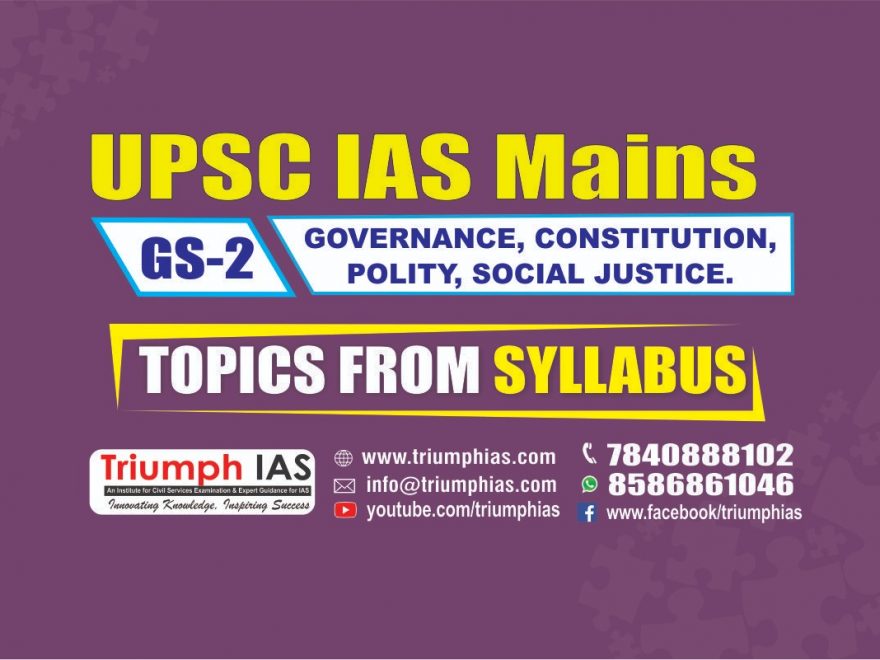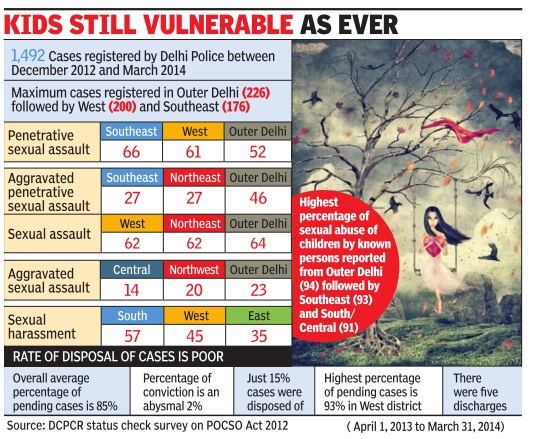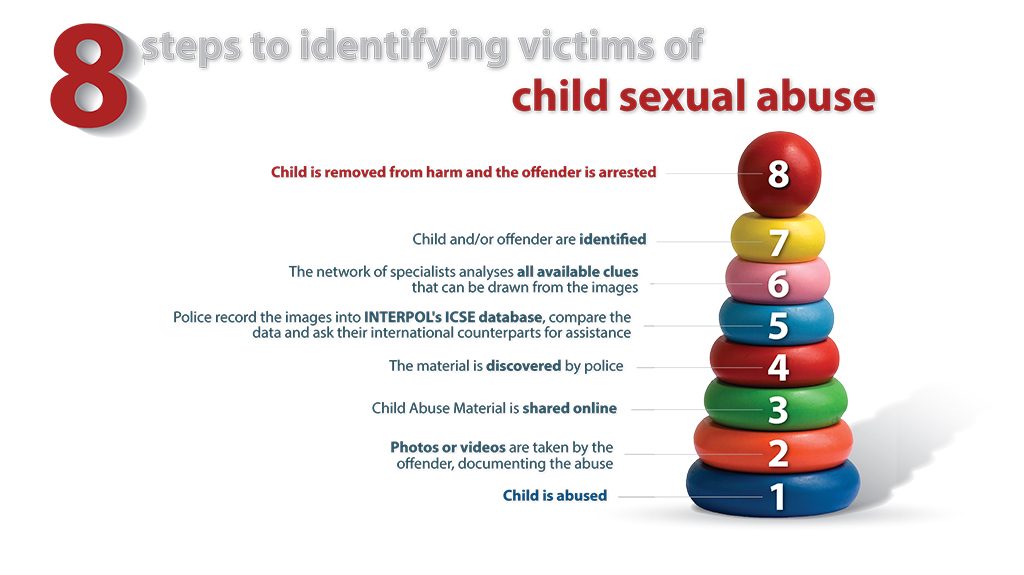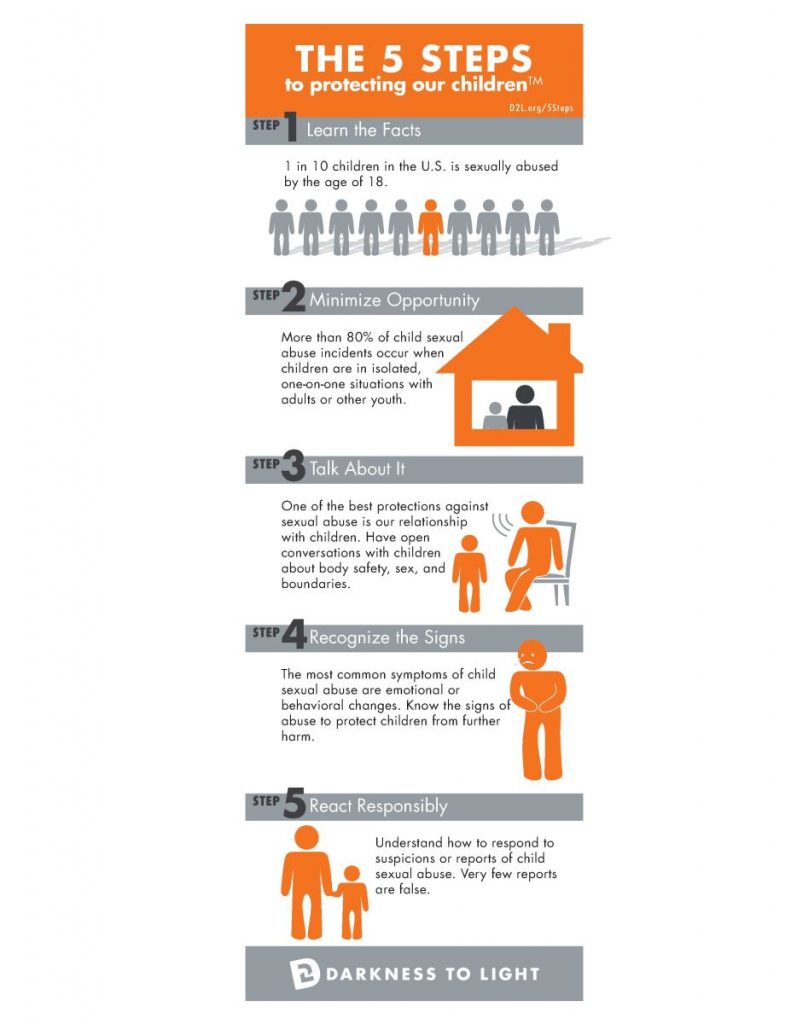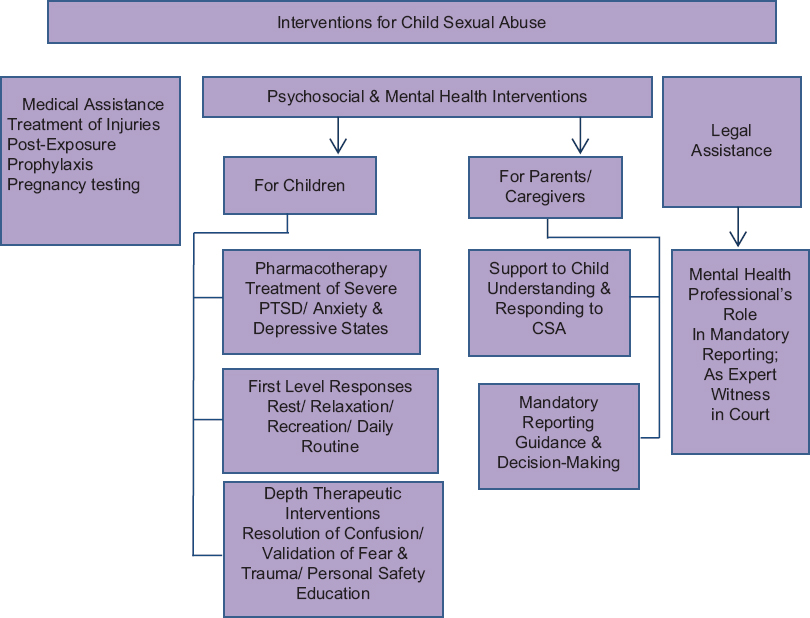Relevance: Mains: G.S paper II: Governance: Social Justice & Sociology paper II: Patriarchy entitlements and sexual division of labour.
Sexual abuse toward children and adolescents is a stark reality worldwide. A common misperception about child sexual abuse (CSA) is that it is a rare event perpetrated against girls by male strangers in poor, inner-city areas.
To the contrary, CSA is a much too common occurrence that results in harm to millions of children, boys and girls alike, in large and small communities, and across a range of cultures and socioeconomic backgrounds. These acts are perpetrated by many types of offenders, including men and women, strangers, trusted friends or family, and people of all sexual orientations, socioeconomic classes, and cultural backgrounds.
CSA encompasses many types of sexually abusive acts toward children, including sexual assault, rape, incest, and the commercial sexual exploitation of children. Although there are some differences among these, the unifying term of “child sexual abuse” is used throughout this article to describe commonalities across these experiences.
The World Health Organization (WHO) defines CSA as:
The involvement of a child in sexual activity that he or she does not fully comprehend, is unable to give informed consent to, or for which the child is not developmentally prepared and cannot give consent, or that violate the laws or social taboos of society. Child sexual abuse is evidenced by this activity between a child and an adult or another child who by age or development is in a relationship of responsibility, trust or power, the activity being intended to gratify or satisfy the needs of the other person. This may include but is not limited to: the inducement or coercion of a child to engage in any unlawful sexual activity; the exploitative use of child in prostitution or other unlawful sexual practices; the exploitative use of children in pornographic performances and materials.
Why in news?
- The Adhoc Committee of the Rajya instituted by Chairman has made 40 far reaching recommendations to prevent sexual abuse of children and to contain access to and transmission of child pornography content on the social media.
- The report of the Committee was today presented by the Chairman of the Committee Shri Jai Ram Ramesh to Shri Naidu.
About the committee:
- The 14-member Committee including 7 women members of Rajya Sabha was set up by Shri Venkaiah Naidu on December 12 last year further to some members voicing concern over widespread misuse of social media for accessing pornographic content and child abuse.
- The Committee heard the views of the Ministries of Women and Child Development, Electronics and IT and Home Affairs besides NCPCR and Telecom Regulatory Authority of India and other stakeholders like Google, Facebook, Whatsapp, Bytedance(TikTok), Twitter and Sharechat.
- The Committee also received representations from 3 NGOs viz., HERD Educational & Medical Research Foundation, Nagpur, Centre for Child Rights, New Delhi and Internet Freedom Foundation, New Delhi.
Legislative measures:
- The Committee has recommended some important amendments to the POCSO Act, 2012 and the IT Act, 2000 with corresponding changes to be carried out in the Indian Penal Code;
- A clause to be inserted in the POCSO Act, 2012 under which advocating or counseling sexual activities with a person under the age of 18 years through any written material, visual representation or audio recording or any characterization is made an offence under the Act;
- Another clause to be inserted in the POCSO Act, 2012 prescribing a Code of Conduct for intermediaries (online platforms) for maintaining child safety online, ensuring age appropriate content and curbing use of children for pornographic purposes;
- Under the POCSO Act, 2012, school management should be responsible for safety of children within schools, transportation services and any other programmes with which the school is associated;
- National Cyber Crime Reporting Portal shall be designated as the national portal under reporting requirements in POCSO Act in case of electronic material;
- A new section be included in the IT Act 2000, providing for punitive measures for those providing pornographic access to children and also those who access, produce or transmit Child Sexual Abuse Material(CSAM);
- Union Government shall be empowered through its designated authority to block and/or prohibit all websites/intermediaries that carry child sexual abuse material;
- IT Act to be modified making intermediaries responsible for all measures to proactively identify and remove CSAM as well as report it to Indian authorities as well besides the foreign authorities. Gateway Internet Service Providers (ISP’s) must bear a significant liability to detect and block CSAM websites. Intermediaries shall also be responsible to report to the designated authority, IP addresses/identities of all those searching/accessing child porn/CSAM key words;
Technology measures
- Law enforcement agencies be permitted to brake end to end encryption to trace distributors of child pornography. Apps that help in monitoring children’s access to pornographic content shall be made mandatory on all devices sold in India. Such Apps or similar solutions to be developed and made freely available to ISP, companies, schools and parents;
- Ministry of Electronics and IT and Ministry of Home Affairs shall coordinate with Blockchain analysis companies to trace identities of users engaging in crypto currency transactions to purchase child pornography online. Online payment portals and credit cards be prohibited from processing payments for any pornographic website;
- ISPs shall be required to provide family friendly filters to parents at the point of sign up to regulate children’s access to internet content;
- All social media platforms should be mandated with minimum essential technologies to detect Child Sexual Abuse Material besides regular reporting to law enforcement agencies in the country;
- On-streaming platforms like Netflix and social media platforms like Twitter, Facebook etc. should have separate adult section where under- aged children could be disallowed;
- Social media shall have mechanism for age verification and restricting access to objectionable/obscene material;
Institutional measures
- The Committee recommended an upgraded and technologically empowered National Commission for Protection of Child Rights(NCPCR) to be designated as the nodal agency to deal with the issue of child pornography. NCPCR should have necessary technological, cyber policing and prosecution capabilities;
- The National Crime Records Bureau (NCRB) shall mandatorily record and report annually cases of child pornography of all kinds. A national Tipline Number should be created where child sexual abuse as well as distribution of child pornographic material can be reported by concerned citizens;
Social and Educational measures
- Ministries of Women and Child Development and Information and Broadcasting shall launch campaigns for greater awareness among parents to recognize early signs of child abuse, online risks and improving online safety for their child.
- Schools shall undertake training programmes for parents at least twice a year, making them aware of hazards for children of free access to smart phones, internet at an early age.
- Based on the experiences of other countries, a proper practicable policy for restricting use of smart phones by under aged kids needs to be considered;
State level implementation
- The committee recommended that each State and Union Territory shall have empowered State Commission for the Protection for Child Rights mirroring capabilities and capacities of the NCPCR.
- E-safety Commissioners be appointed at state level to ensure implementation of social media and website guidelines relating to removal of pornographic content, age verification, issuing warnings etc.

